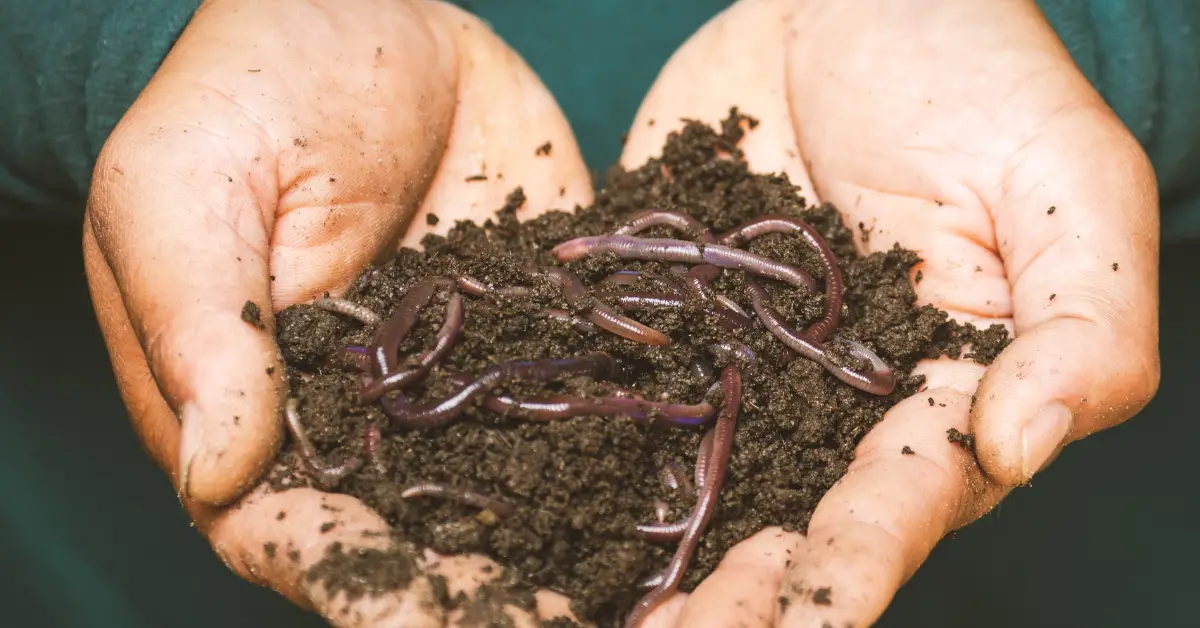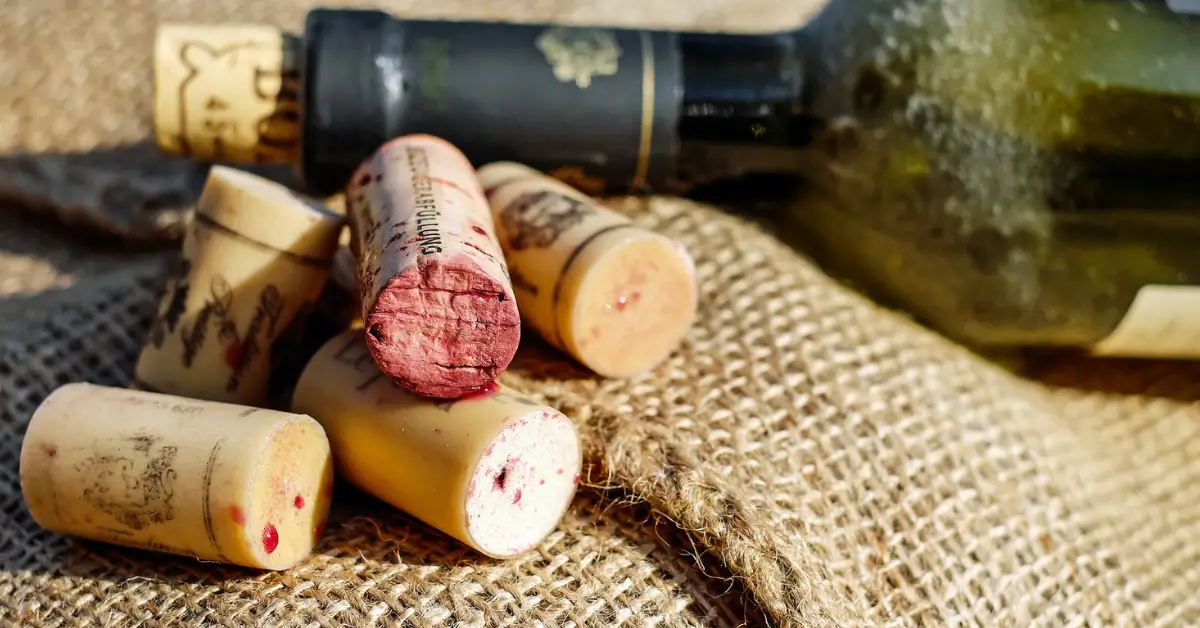Tiger worm toilets (also known as vermifiliter toilets) are a type of composting toilet that house a colony of worms. As long as the conditions are right, these worms process the sewage into a dense vermicompost. Although not suited to every community or household, these toilets can potentially provide a cost-effective, more environmentally friendly toilet alternative, as well as a nutrient-rich compost. Oxfam have found them to be sustainable – socially, environmentally and financially! Studies show that they can last up to 6 years before needed emptied. Infrequent need for emptying makes them a popular choice.
Here we answer some key questions about the worms used in these toilets.
Can any worms be used for composting toilets?
In general, if a worm is a composting variety it will likely be suitable for the vermifilter toilet. You don’t need to get too caught up in identifying the actual species – it is complicated to distinguish between them, and it is not needed. Wherever you are in the world there will be composting species – these include The Red/Tiger Worm (Eisenia Fetida) and the Indian Blue (Perionyx Excavatus). Some are considered as better composters than others. Indian Blue varieties are less popular, for instance, due to being a bit more particular about their environment…
Can compost worms wriggle up to the toilet seat?!
No! The worms are safely tucked away from view in their own pit. They will not be seen and will not be able to wriggle up the pipes. In fact, although models vary, there may be very little difference from a conventional toilet – apart from some minor differences in how you look after/maintain it day-to-day.
Are the toilet worms safe from predators?
Worms have a myriad of predators from small mammals to other invertebrates. However, in terms of the vermifilter toilet these are limited to include only mice, rats and centipedes. Ants – although not a predator – can really irritate the worms. It is, therefore, very important that the toilet is sealed sufficiently to stop them getting in.
Can composting toilet worms escape?!
There is nothing to stop the worms escaping, they are not trapped in the toilet. However, happy worms – in optimal conditions – won’t escape. Why would they? They have everything they need!
Keeping their environment at the correct moisture level is key to this. Toilet users must ‘flush’ the toilet with water after use to ensure it does not become too dry – but the toilet must also have sufficient drainage. If not, the bedding material that they live in will become too wet. Get this right though, and your worms won’t be wriggling away any time soon.
Where do I get the worms from?
Suitable composting worms, of one variety or another, are available in many countries. Worms are often sold commercially for fish baiting, as well as composting/composting toilets – you can even buy Tiger Worms on Amazon and get them through the post. Alternatively, they can be found in the environment. Although, since you will need quite a few, it will be quicker and easier to purchase direct from a retailer.
If you do not have access to a significant number of worms you can grow your own – although this will, obviously, delay the process of setting up your tiger worm toilet. It will also require extra cash investment and some space. Your worm population will double (in weight) in approximately six weeks to 2 months.
Every 20 kilograms of worms will need a square meter of wormery space. It must be covered to protect them from the predators mentioned previously – unlike the toilet, they will have birds and other predators to contend with – and kept in the shade to prevent overheating. In the wormery it is also vital that a drainage system is in place. As with the toilet, it should never be too moist – or too dry. Bedding material will be needed in addition to food for the worms to process their way through. There are several options including vegetable peelings, but cow manure is a favorite amongst wormery-experts.
Growing your own worms takes some patience and new skills will need to be picked up along the way. But like anything, it will become easier with practice. It will be worth it once your new shiny sustainable tiger worm toilet is ready to use!
What are suitable bedding layers for the composting toilet worms?
The bedding layer, where the worms live in the toilet, should be approximately 10 centimeters. Commonly used materials include woodchip, coconut fiber or compost. These are particularly good due to some key characteristics; they can retain moisture and retain their structure. Although woodchip has been found to be extremely effective as a bedding material, it has been noted that its fineness can lead to clogging in the system – so beware of this if it is the bedding of choice for your toilet.








